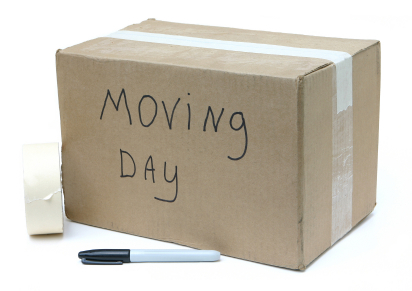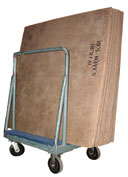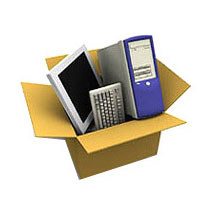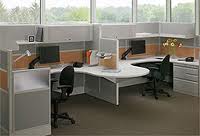From the start, share consistent information with all potential moving companies in order to get the most comparable bids. Remember that bids are only estimates and some moving companies may underestimate in order to win your business.
- Always confirm their accuracy by comparing each of the proposals for the amount of man-hours, manpower and trucks the mover estimates.
- Check references that are current, since many moving companies experience rapid turnover in employees. Ask if the movers were cooperative and careful, and how closely they kept to their estimate.
- Make sure your moving company is equipped to handle your unique needs. For example, some industrial movers specialize in moving inventory or heavy equipment usually found in warehouses or industrial facilities.
- Determine whether the mover or your employees will be packing. Most movers recommend that individuals pack their own desk and personal items.
- Determine if the mover will supply cardboard or plastic crates and packing materials prior to your move date.
- Establish a person or location to keep track of all “master keys” to file cabinets and desks.
- Make arrangements to relocate office plants. Small plants should be transferred personally. Special arrangements must be made for larger plants. If the plants are leased, contact the leasing company. In general, movers are not responsible for the safe transportation of office plants.
- Determine how the mover intends to move computer equipment. Ideally, the mover will use carts designed to minimize jarring. Protective covering should be dust-free to avoid internal damage to the systems.
- Enlist your mover’s expertise to offer solutions and to identify ways of saving money on your move.
- Ask for detailed information on insurance coverage and the claims procedure. Check with your own insurance agent to determine coverage during the move. Ensure that you have adequate liability coverage for employees and
materials before, during, and after the move.
- Determine whether the mover will be unable to move certain equipment (computers, copiers, etc.) and make other arrangements, if necessary.
- Supply your mover with a floor plan or space plan from which to work. Identify areas and offices by name or number, and label boxes and equipment accordingly.
- Ask your building’s property manager or landlord (at the current and new locations) if any restrictions are placed on the time of day, or day of week, you move. Many landlords require moves to take place after normal business hours or on weekends. They may also require that certain entrances or elevators be used for the move.
- If you use a freight elevator in the building, find out if you’ll need a key.
Discover more from Helping NYC & Long Island Commercial Tenants, Owners, and Developers
Subscribe to get the latest posts sent to your email.





